晋山窯ヤマツ
moment pot
moment pot
Supplementary product information
Supplementary product information
Production area: Gifu Prefecture
Size:
・W: 152mm
・D: 105mm
・H: 94mm
・Capacity: 470ml when full
Material: Porcelain
【Precautions for Use】
・When using a microwave, use only for warming. Please remove the cup strainer before use.
【Tips for Proper Use】
・The spout of the pot is short and has an open style, so you can pour by tilting it just slightly.
・Please tilt more gently than with regular pots.
・Please be careful not to tilt too much, as tea leaves may flow out or cause burns.
【Precautions for Use】
・Dishwasher: Safe
・Microwave: For warming only
・Direct flame: Not suitable
Couldn't load pickup availability
This is a teapot from the moment series, perfect for morning use. Like the mug cups that feature a wide drinking rim, this design has been adopted for the teapot as well.
The handle shape is also characteristic of moment, offering a gentle and comfortable grip. It's perfect for warm tea or coffee.
When you open the lid, you'll find a large tea strainer where tea leaves can dance freely. It's easy to clean and keeps everything hygienic.
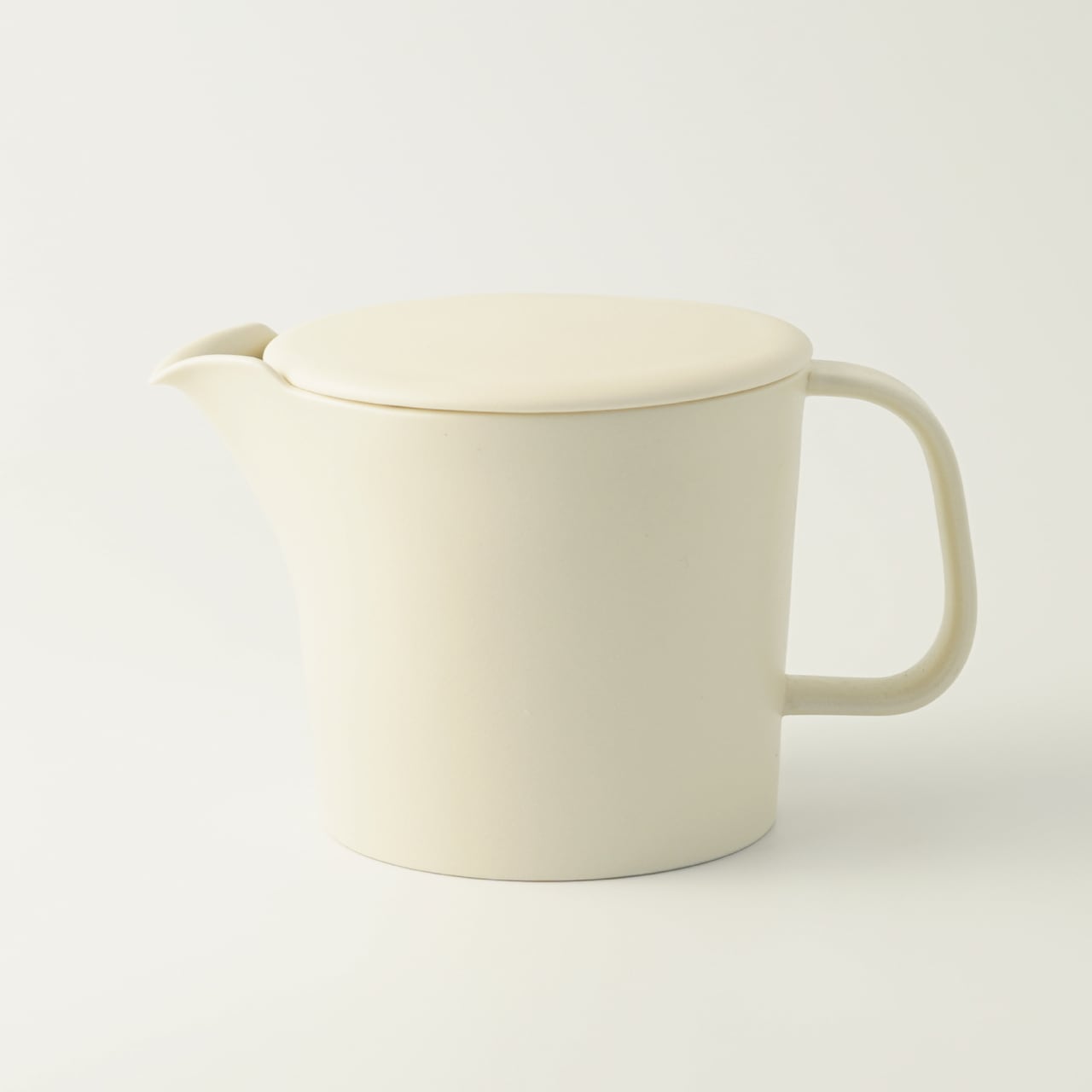
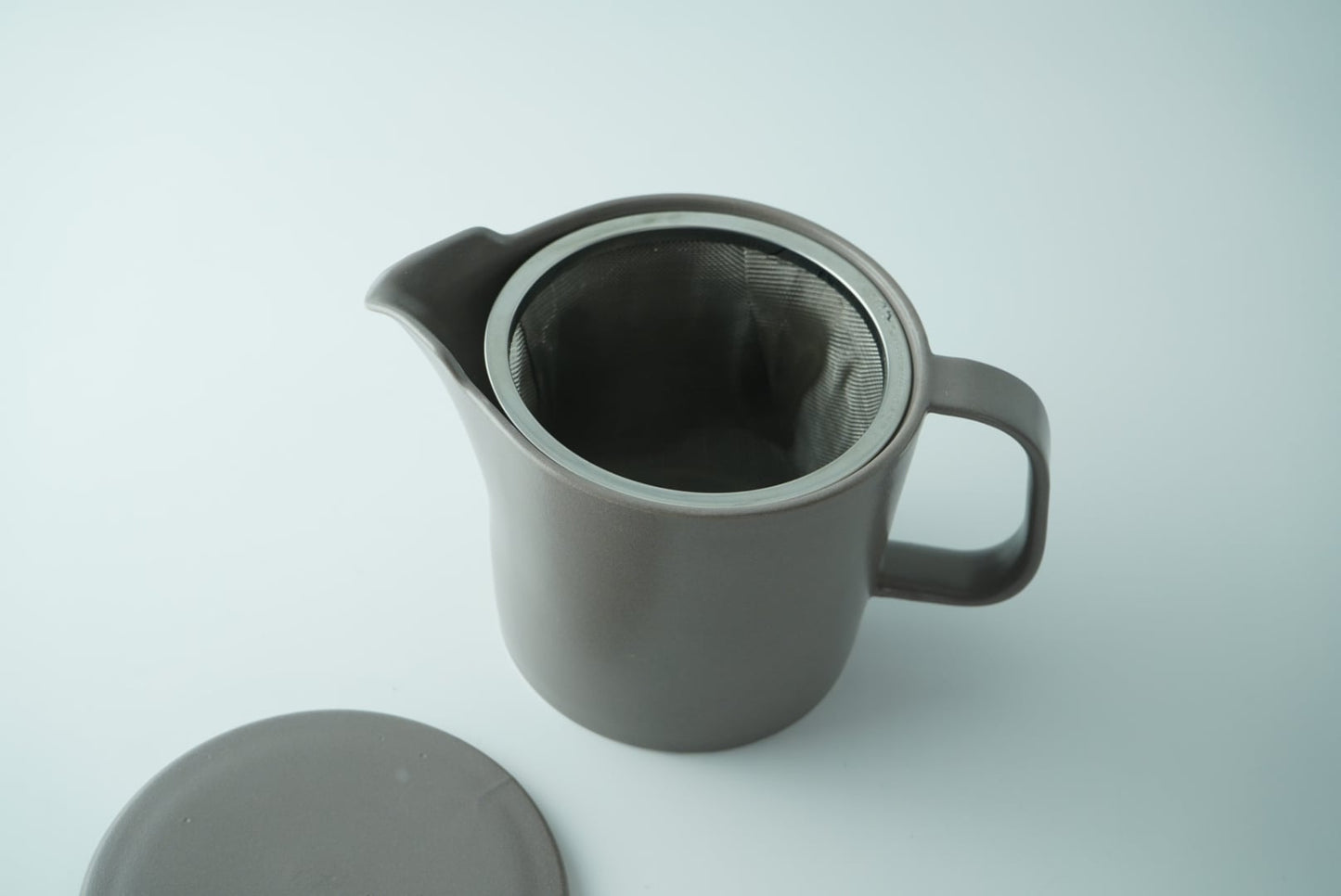
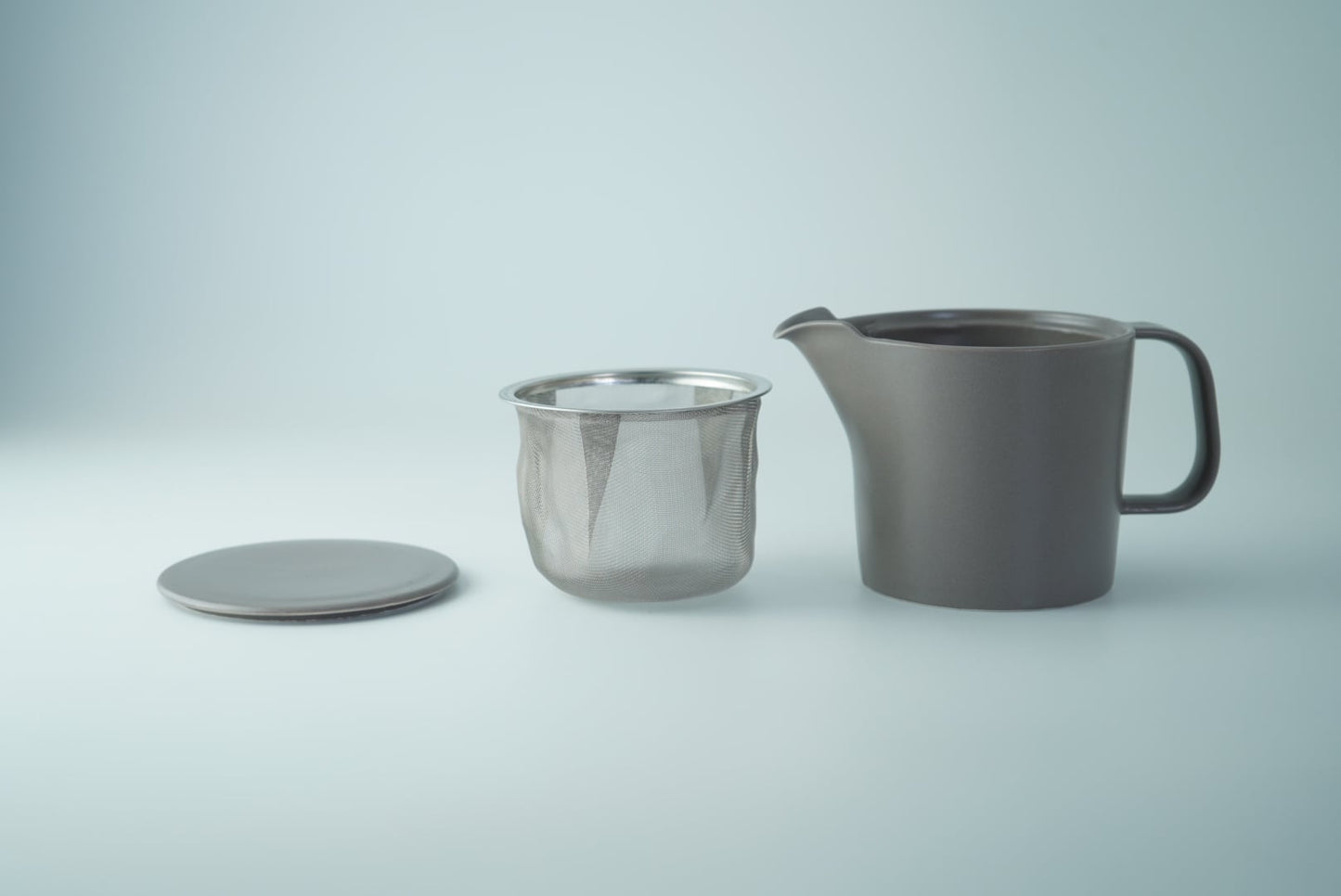
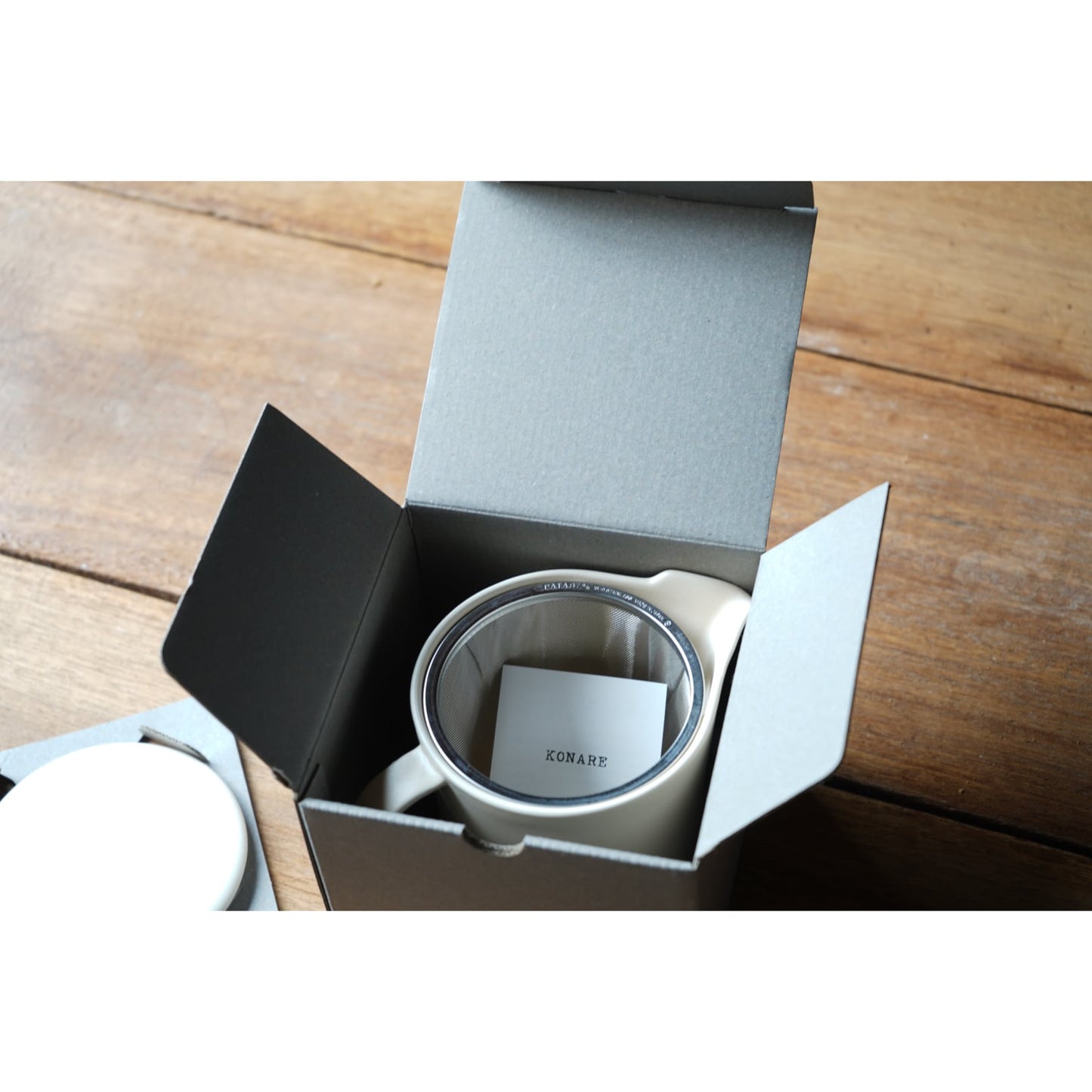
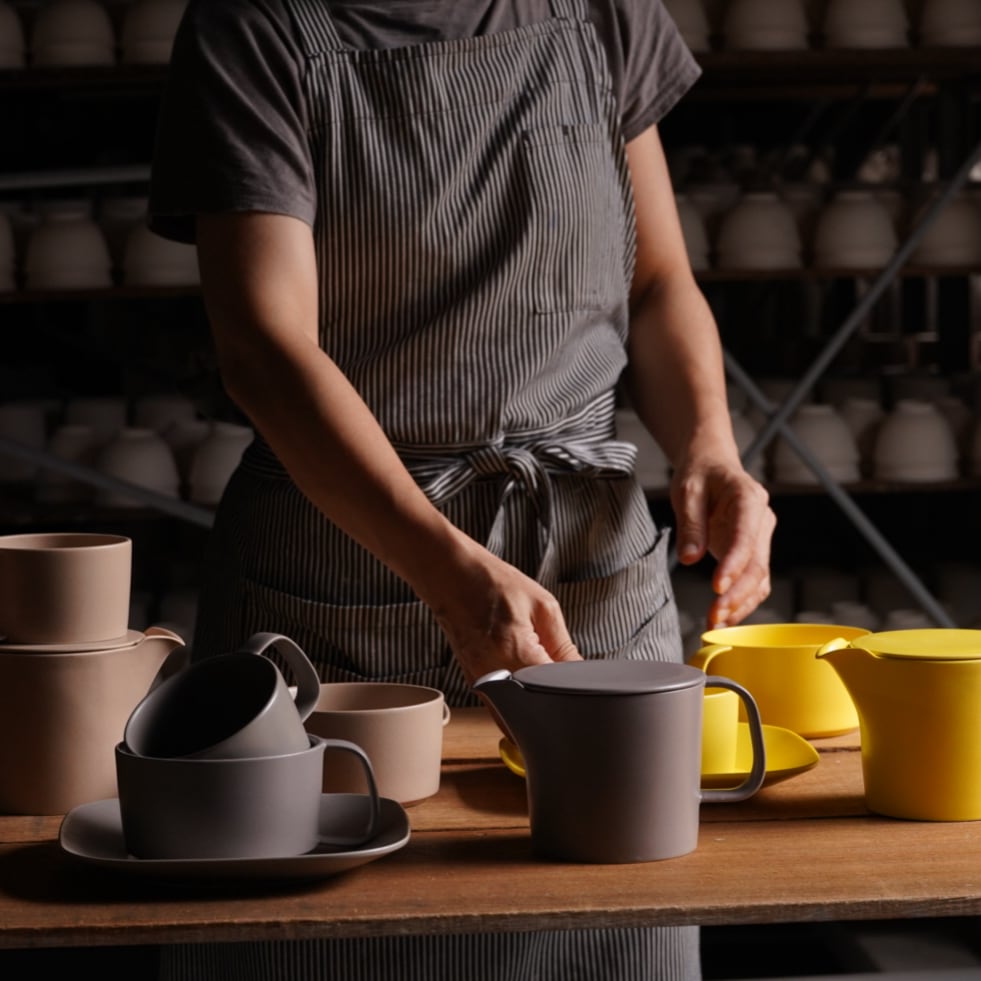

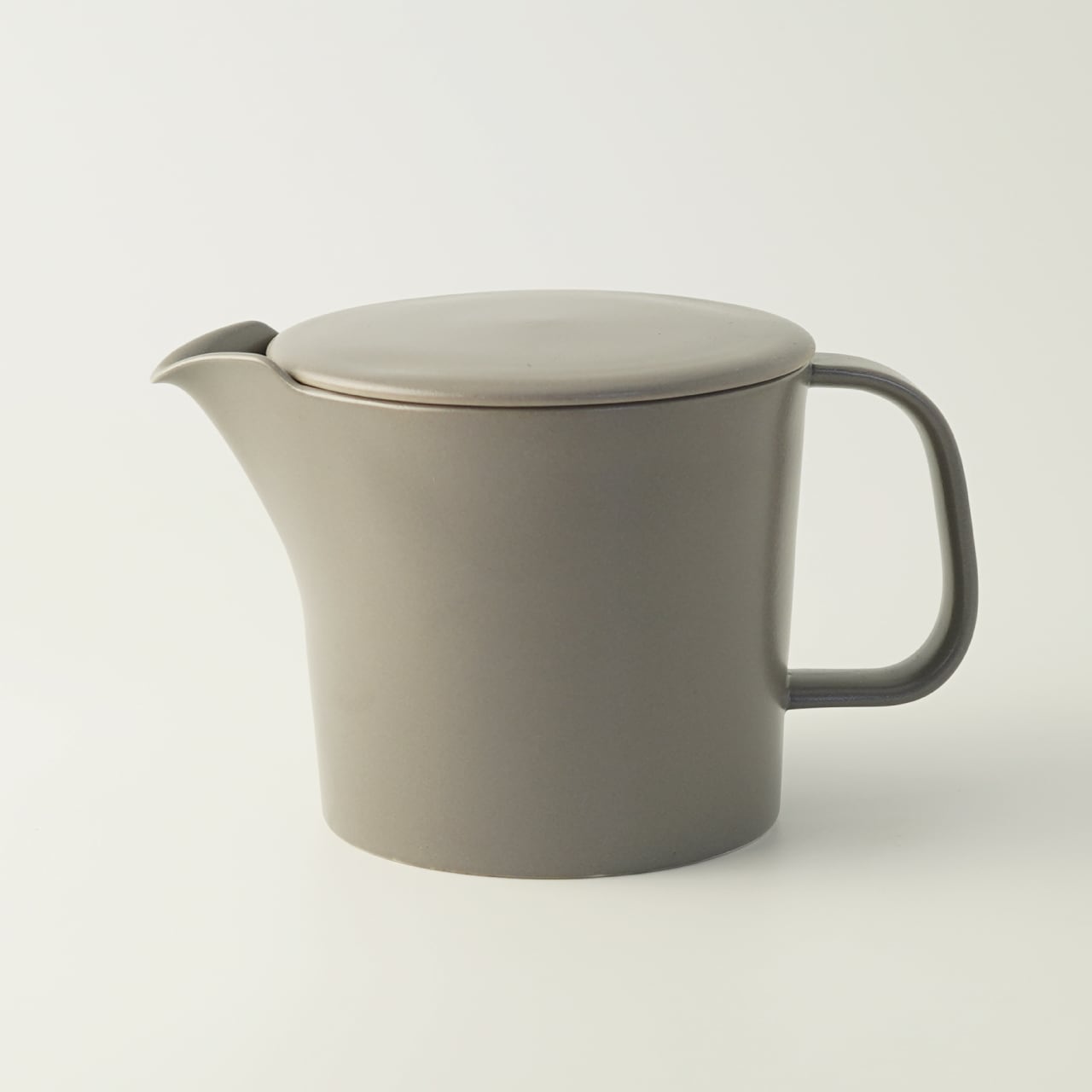
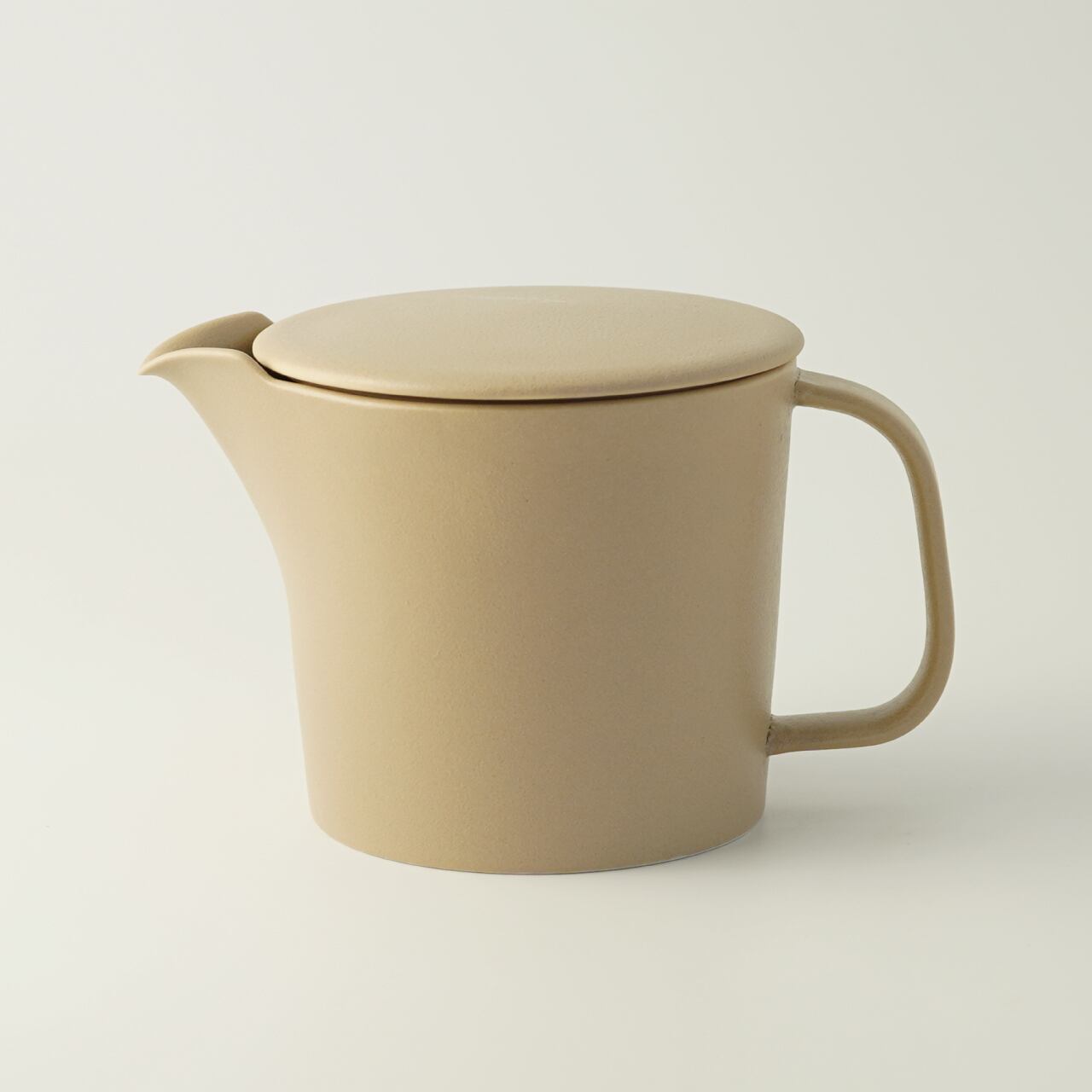
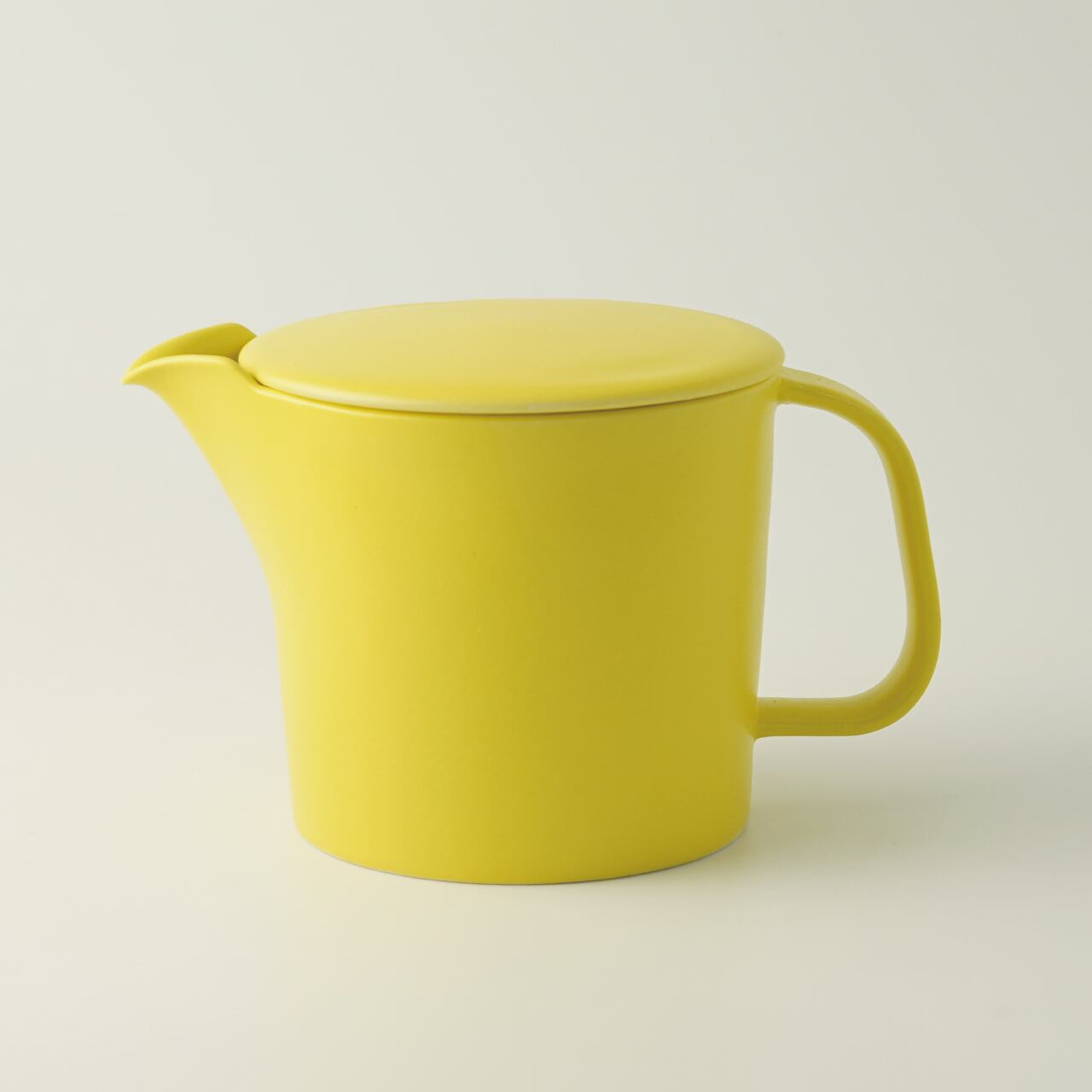
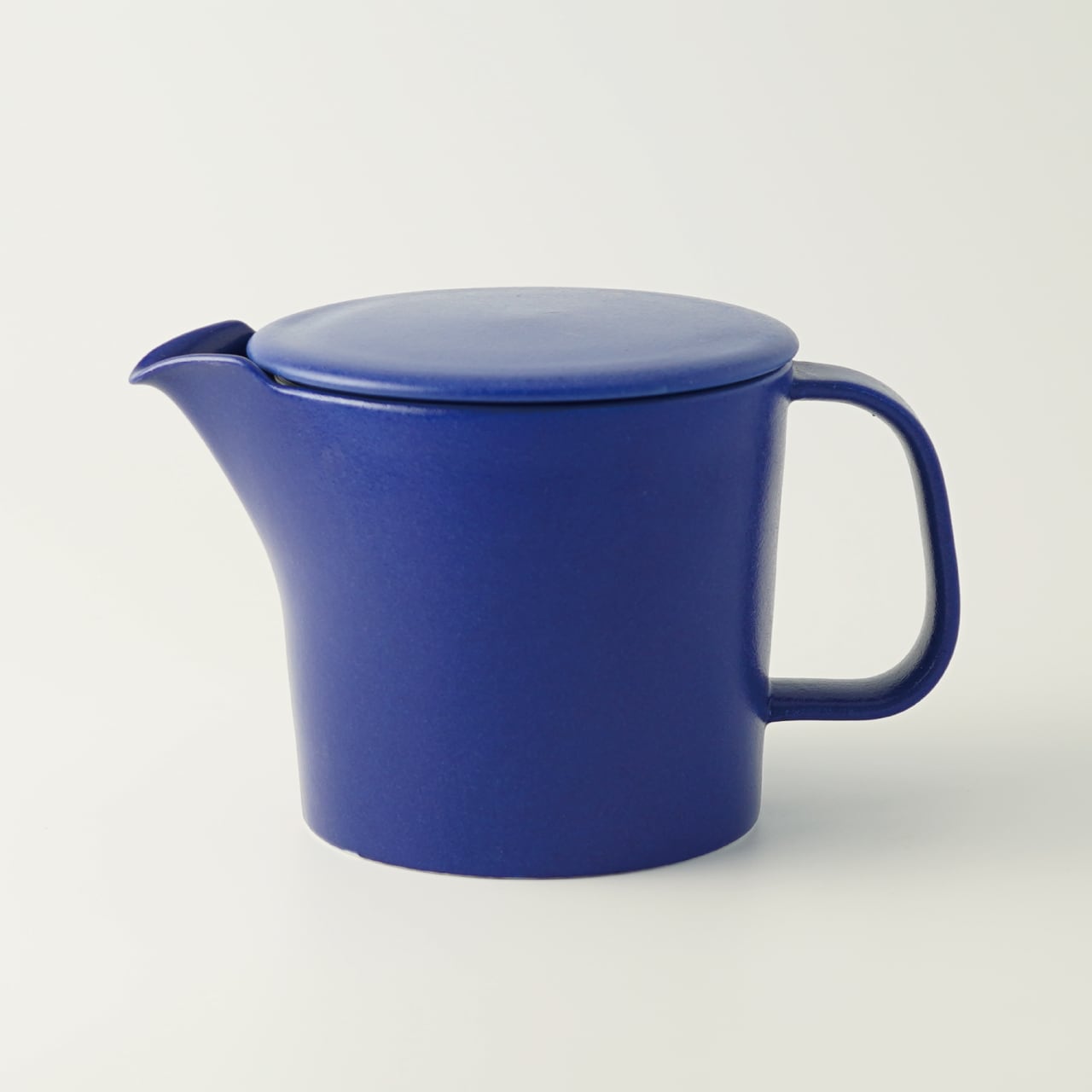
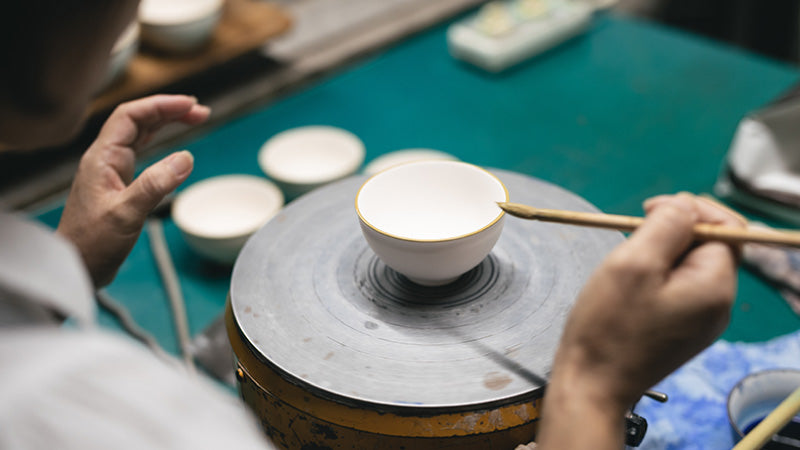
The History of Mino Ware
Mino-yaki is said to have originated in the Nara period when the pottery wheel and cave kilns were introduced from the Korean Peninsula along with the production methods of Sue ware. In the Heian period, production of ash-glazed pottery began, and in the Azuchi-Momoyama period, with the popularity of the tea ceremony, Shino, Kizeto, Oribe, and Setoguro ceramics were born.
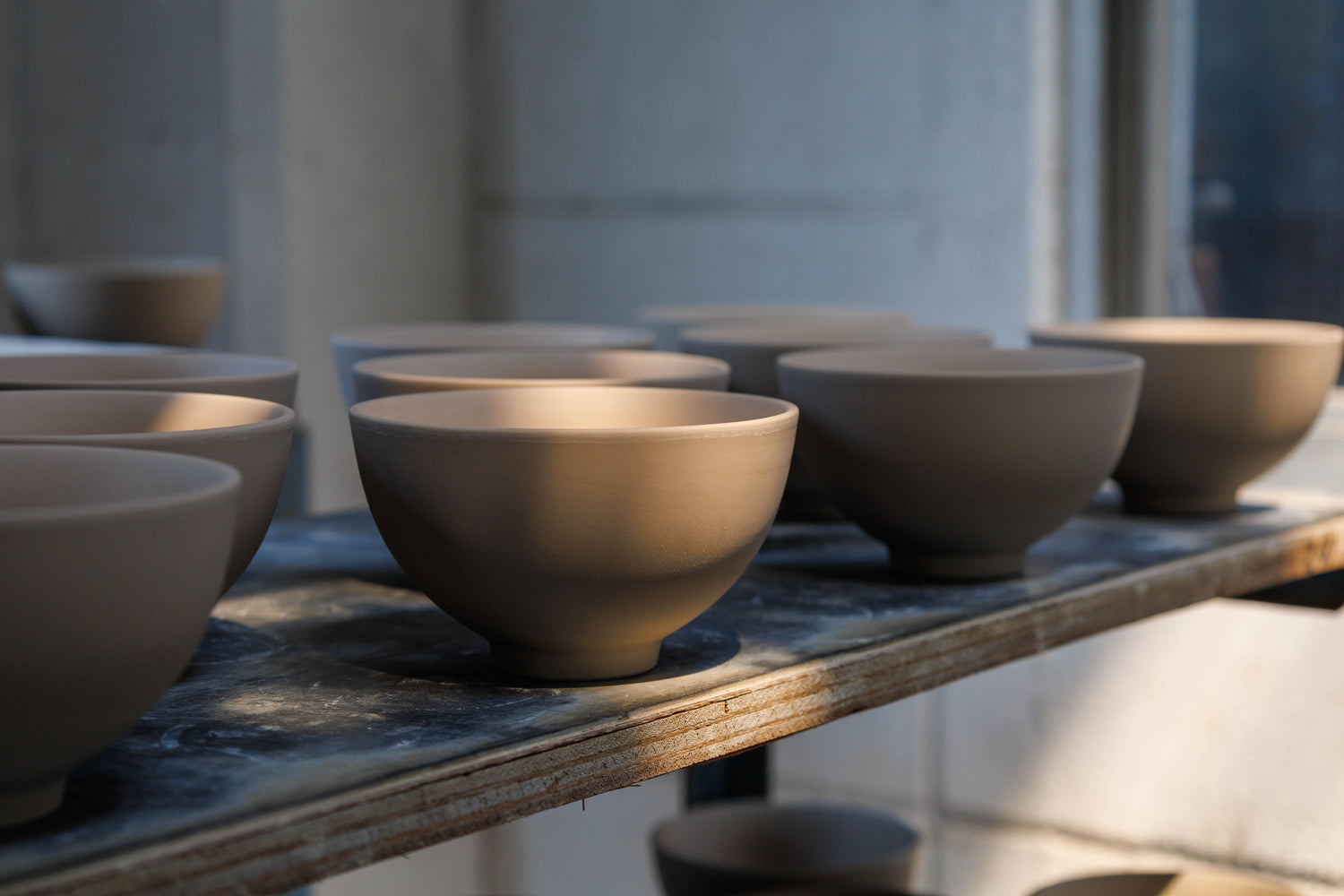
Characteristics of Mino ware
Throughout its history, Mino-yaki has given birth to a wide variety of techniques and glazes, with 15 types designated as traditional crafts alone. Production of everyday household items began in the Meiji period, and since then, tea ceremony utensils and tableware have been beloved for their simple yet beautiful glaze colors and forms.
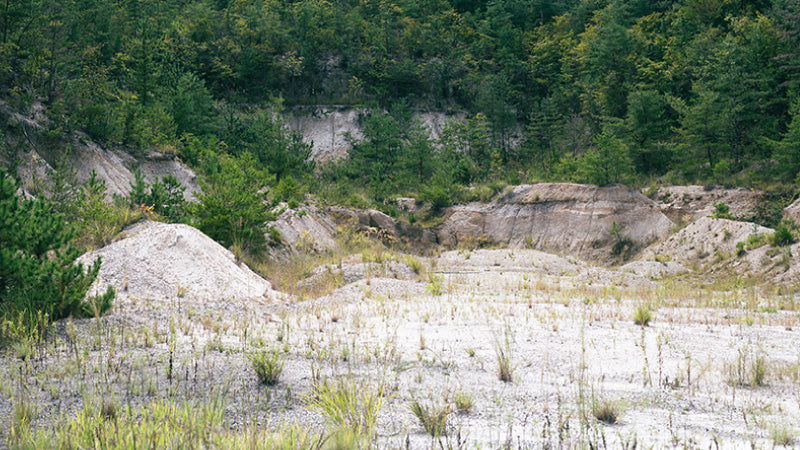
Mountains, soil, water
Toki City in Gifu Prefecture is rich in clay for ceramics, as approximately 70% of the area consists of hilly terrain. The clay used for ceramics originally comes from granite. Over time, it weathered and decomposed, was exposed to wind and rain, accumulated in layers, and eventually mixed with organic matter such as soil and fallen leaves to form the clay found in the Tono region. The Toki River (Shonai River) and the abundant water flowing through it collect this clay.
Mino ware
Mino-yaki is a general term for ceramics produced in the Tono region of Gifu Prefecture, including Toki City, Tajimi City, and Mizunami City. The Tono region is Japan's largest ceramic production base, with Toki City being the top ceramic-producing city in Japan. While 15 items including Shino, Oribe, and Kizeto have been designated as traditional crafts, the range extends widely to tableware that enriches daily dining.











